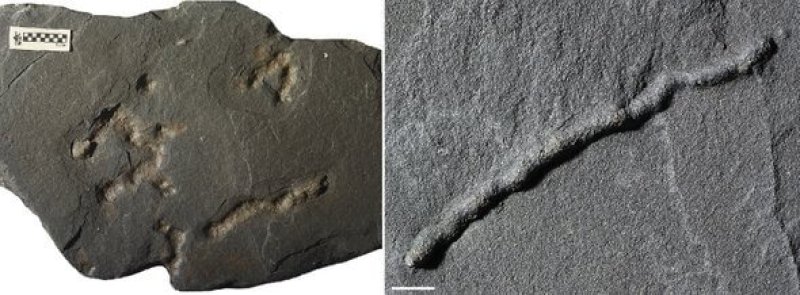On February 11, Abderrazak El Albani, a sedimentologist at the University of Poitiers in France, published a study in Proceedings of the National Academy of Sciences containing a spectacular claim: Life on Earth began making relatively large-scale active movements some 2.1 billion years ago.
That time is well within the era in which Earth’s biosphere was almost exclusively composed of single-celled organisms thought to be capable of only the most minuscule motion, and predates the generally accepted advent of large-scale biological motility by roughly 1.5 billion years. The evidence for this controversial conclusion is a collection of tiny burrowlike fissures in rocks found in the west African nation of Gabon.
Determining whether microscopic details in ancient rock formations are evidence of early life or the result of abiotic—or nonliving—processes is extremely difficult.
…
A discovery of this magnitude can often represent a major breakthrough, but occasionally it may be an overreach. “The good thing about science is that it’s inherently critical,” says Tanja Bosak, a geobiologist at Massachusetts Institute of Technology who was not involved in El Albani’s study. “Claims have to be constantly reevaluated and tested by more data and new experiments.”
Read full, original post: Did Crawling Critters Leave These Cracks? The Answer Could Rewrite Evolutionary History































